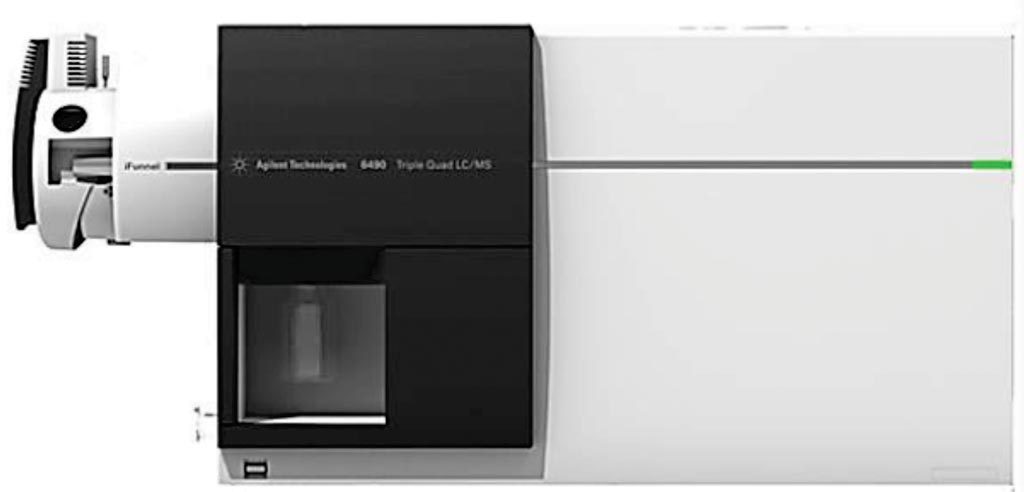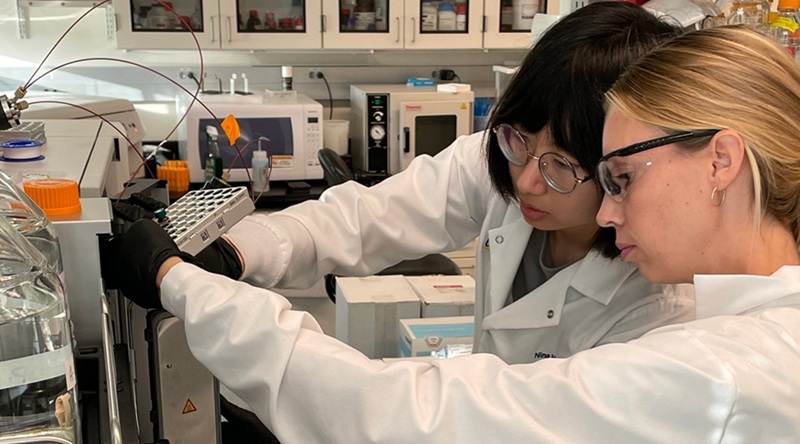Blood Test Screens for Secondary Heart Attack
By LabMedica International staff writers
Posted on 18 Sep 2018
Patients with a history of unstable angina and myocardial infarction (MI) are at high risk for recurrent cardiovascular events. The seven-year incidence rates of MI in non-diabetic and diabetic individuals with prior MI at baseline have been reported to be 18.8% and 45.0%, respectively.Posted on 18 Sep 2018
In secondary prevention, where the vast majority of individuals have dysfunctional lipid and lipoprotein metabolism, the established risk factors for first cardiovascular events, such as dyslipidemia assessed by traditional clinical lipid profile, and blood glucose levels may not be sufficiently sensitive to predict future events, perhaps partly because of altered pathophysiology and medication use.

Image: An Agilent 6490 triple quadrupole mass spectrometer (Photo courtesy of Agilent Technologies).
Scientists at the Baker Heart and Diabetes Institute (Melbourne, Australia) and their colleagues enrolled individuals between 31 and 75 years of age, with an MI or hospital admission for unstable angina 3 to 36 months previously, having plasma total cholesterol levels of between 4.0 and 7.0 mmol/L and fasting triglycerides of <5.0 mmol/L. Detailed lipidomic profiling was conducted on 5,991 participants, for whom baseline fasting plasma samples were available, representing 3,002 of those randomized to placebo and 2,989 of those assigned pravastatin.
The team extracted lipids from 10 μL human plasma with 100 μL butanol/methanol. Lipidomic analysis (342 species) was performed by liquid chromatography and electrospray ionization–tandem mass spectrometry using an Agilent 1290 liquid chromatography system combined with an Agilent 6490 triple quadrupole mass spectrometer. The relative concentration of each lipid species was calculated from the area of the resultant chromatograms relative to the corresponding internal standard.
The scientists reported that specific ceramide species, sphingolipids, phospholipids, and neutral lipids containing omega-6 fatty acids or odd-chain fatty acids were associated with future cardiovascular events (106 species) and cardiovascular death (139 species). The addition of seven lipid species to a base model (11 conventional risk factors) resulted in an increase in the C-statistics from 0.629 to 0.654 for prediction of cardiovascular events and from 0.673 to 0.727 for prediction of cardiovascular death.
The authors concluded that the improvement in the prediction of cardiovascular outcomes, above conventional risk factors, demonstrates the potential of plasma lipidomic profiles as biomarkers for cardiovascular risk stratification in secondary prevention. Peter Meikle, PhD, a professor and senior investigator of the study, said, “The test was developed after a study looked at 10,000 samples to find the biomarkers that will determine whether a person is at risk of having another heart attack. Our test will use up to ten lipid markers to better diagnose heart disease. It's a challenging, yet very exciting time. We effectively have the information and are in the process of refining the technology.” The study was published on September 6, 2018, in the journal JCI Insight.
Related Links:
Baker Heart and Diabetes Institute














